West Virginia has a history of some famous early oil and gas prospectors who took on high-risk, exploratory drilling and found fortune with striking it rich with their discoveries. These people were known as “wildcatters.” Long before the oil rush in western Virginia, land prospectors were seeking out property that would be lucrative investments. Many of these included locations that could be mined for salt, which was essential for preserving food on the frontier. What the prospectors did not know was that petroleum oil and gas would often be found through drilling at these sites.
Hildreth Documents the Birth of the Oil and Gas Industry
Early pioneer scientist and physician Dr. Samuel P. Hildreth documented the presence of oil and gas at a salt well in 1814, stating the benefits of oil as a fuel for lighting lamps as well as its use in treating such things as burns, cough, and rheumatism. Hildreth also documented the use of oil as a lubricant, and thus, the birth of the oil and gas industry. In 1836, Hildreth published hAmerica’s first petroleum geology primer, “Observations on the Bituminous Coal Deposit for the Valley of the Ohio, and the Accompanying Rock Strata.” Hildreth would go on to be appointed to Ohio’s first geological survey team and serve as its state geologist.
This 1836 map by Hildreth titled “A Topographical & Geological Map of the Coal Measures, & of the Muriatiferous & Ferruginous Deposits, in the Secondary Region of the Valley of the Ohio” is considered one of the earliest geological maps of the West Virginia region, with geological information including petroleum springs, and salt springs. It was published in the American Journal of Science and Arts, Vol. 29.
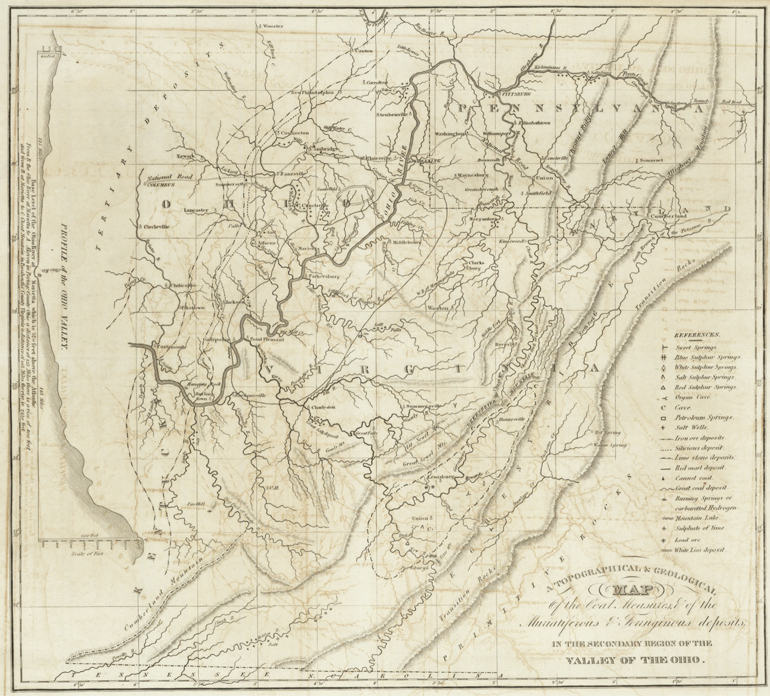
“…It is also well adapted to prevent friction in machinery… it preserves the parts to which it is applied for a long time in free motion… This oil rises in greater or less abundance in most of the salt wells and, collected where it rises, is removed from time to time with a ladle…”
— Dr. Samuel P. Hildreth

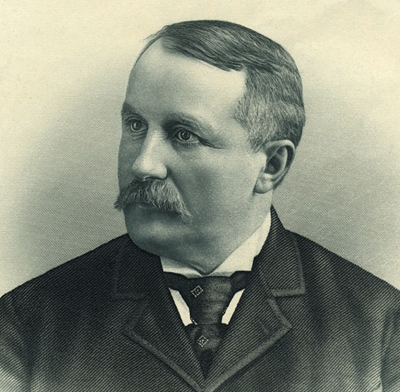
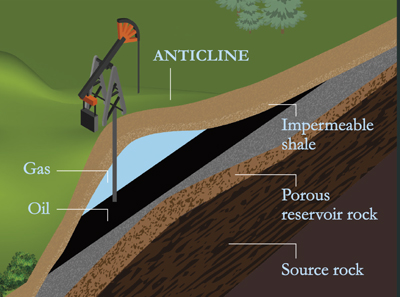
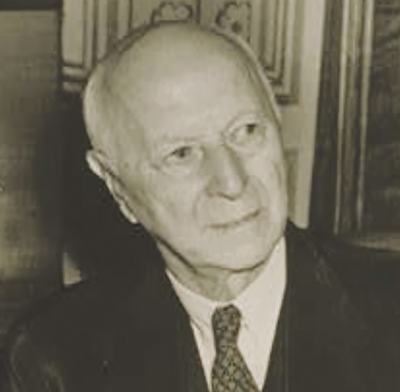
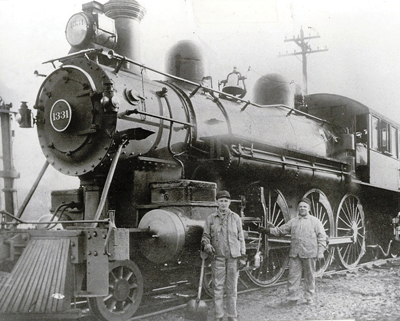
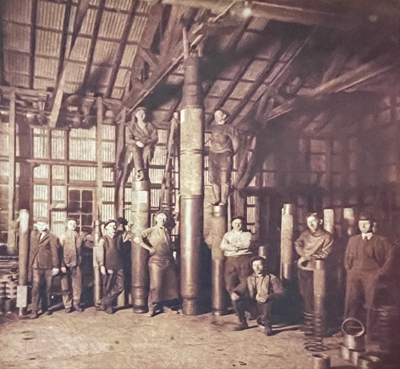
Rock Oil and the Birth of Kerosene
Kerosene was invented by Canadian geologist Abraham Gesner in 1846, who developed a process to distill fuel from coal. The discovery was revolutionary because it offered a cheaper, cleaner, and more efficient alternative to expensive whale oil. Gesner later discovered that kerosene could also be refined from petroleum, making its production more commercially viable. The use of kerosene expanded rapidly with this discovery and the subsequent drilling of the first oil wells, making it the primary source of artificial light until the invention of the electric lightbulb.
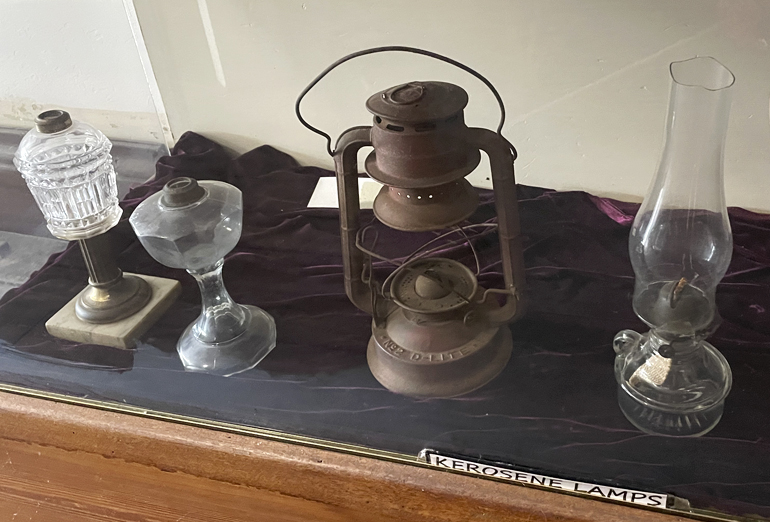
Different types of kerosene lamps on display in the Oil & Gas Museum
The Discovery of Oil in Western Virginia
William Rathbone, father of John C. and John V. Rathbone, began buying land in Burning Springs in 1840, amassing more than 10,000 acres in Wirt County. The Rathbones made a fortune after successfully striking oil. The Rathbone brothers are credited with West Virginia’s first major oil discovery at Burning Springs in 1859. Their famous well produced 500 barrels per day. Word spread about the success of the well, drawing many prospectors to the Burning Springs area to invest in the oil industry. The Rathbones seized the opportunity, surveying 600 acres of their property and leased them to the newcomers in one-acre parcels and retaining one-third production royalties. The discovery started what came to be known as oil fever, with Burning Springs booming from a population of 300 to over 10,000 in a short amount of time.
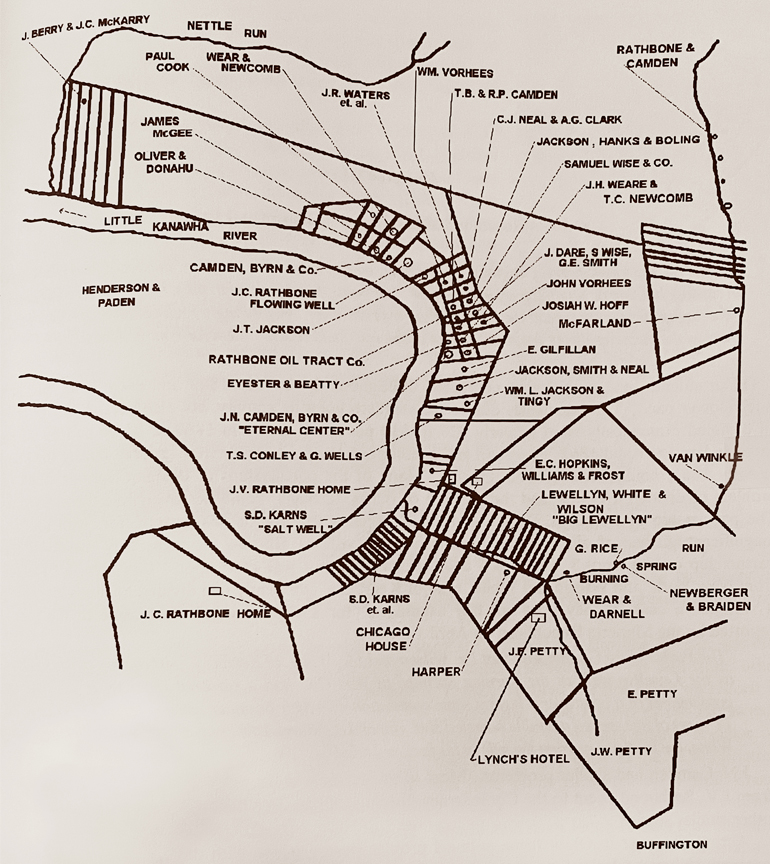
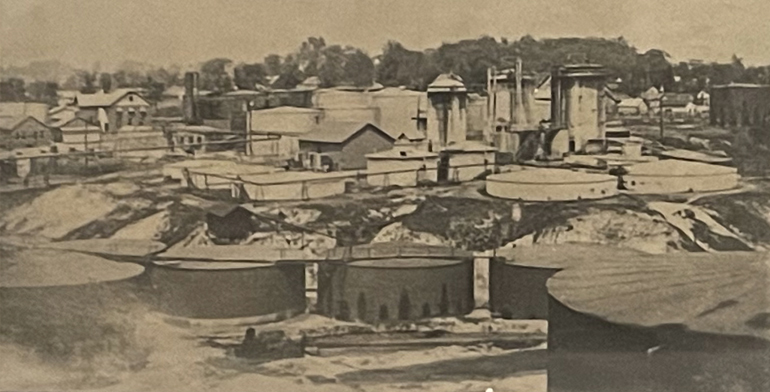
The discovery and drilling of oil in large quantities put a strain on a rural area that lacked transportation infrastructure. Investors soon realized the need to build suitable roads, locks and dams, boat docks, and railway systems in order to transport not only oil but workers, supplies, and drilling equipment. In addition, refineries were built to process the oil for various uses. By 1867, there were six refineries operating in Parkersburg, including those run by Camden Consolidated Oil.
Camden’s refinery in Parkersburg spanned 30 acres.
Disaster Strikes
Looming in the backdrop of this oil boom was the beginning of the Civil War. Investors wanted to protect their oil business interests and convened to discuss breaking from Virginia, siding with the Union in the war. Parkersburg sent 70 delegates to the Wheeling Conventions, many of whom were interested in protecting oil and railway interests. And, thus, the West Virginia statehood movement was born.Local military regiments were formed to protect the oil fields and the B&O railway system. However, despite these efforts, Burning Springs was raided and burned on the night of May 9, 1863 by Confederate troops. The oil fields were set on fire, destroying equipment and structures. Boats with oil barrels exploded, sending burning oil into the Little Kanawha River, which became a sheet of flames.
Camden and the Rathbones bought property at Burning Springs that had been destroyed in the raid and reinvested in developing it. This boom continued for the next 20 years. By 1885, the fields at Burning Springs had run dry.
Expansion to Other Areas
Despite setbacks, the oil industry in the area continued to grow and generate profits not only from Burning Springs, but from areas such as Volcano and Petroleum Station. Prospectors also looked elsewhere, including a location upriver in a town called Sistersville, which experienced its own oil boom in 1893. By 1899, West Virginia was the leading oil & gas producing state.Sistersville became the top oil boomtown in the United States.